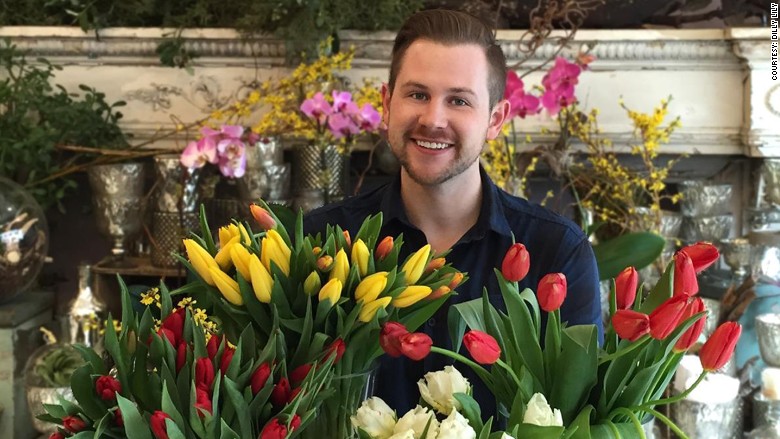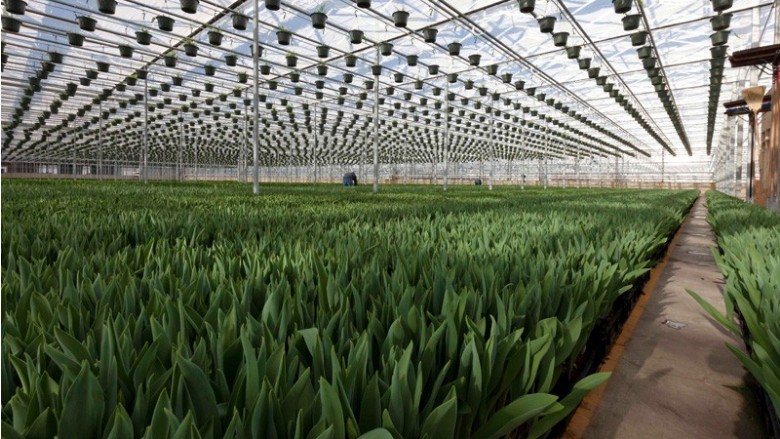
Move over roses. There's a new flower stealing hearts this V-Day.
Tulips are in peak season by the time Valentine's Day rolls around and -- bonus -- usually cost a fraction of the price.
Most tulips are imported from Holland, and overall tulip imports to the U.S. are on the rise, increasing by 1.3 million bulbs between 2012 and 2013, according to the U.S. Department of Commerce.
The Midwest has seen the biggest increase in tulip sales over Valentine's Day, according to BloomNation, a flower service company that supports about 3,000 florists nationwide. Around 35% of Valentine's Day sales last year were in tulips for that section of the country, compared with 10% for the West.
"Our customers tend to be on the adventurous side," said Eric Phillips, the lead floral designer at Dilly Lily florist in Chicago, Ill. "People are definitely more open to integrating tulips rather than just sticking with a more traditional design."
Related: What to do with your leftover Champagne
He said tulips have been a hot item, and he's been featuring them in the lead-up to Valentine's Day.
"People are looking to get something extravagant and gorgeous, but as a whole, people are still trying to be conservative. When buying tulips versus roses you can find that bargain," Phillips said.
At his shop a customer can get a bunch of ten tulips for around $10, the cost of just one red rose.
Americans are expected to spend $18.9 billion on Valentine's Day-related gifts this year. That's the highest ever, according to a National Retail Federation survey. Nearly 40% of those surveyed plan on buying flowers.
Fresh Tulips USA, one of the leading tulip producers in the country, sells about 100 million tulips a year, with Valentine's Day sales accounting for about 15% of the business, according to spokesperson Adam Corl.
"Tulips have a clean aesthetic that fits in with modern taste," Corl said. "People seem to be moving away from roses."

But it's still a slow switch. Roses for Valentine's Day are wildly popular, and about 224 million of them are grown for the holiday every year. But a dozen usually cost about $80 or more. Prices vary depending on location and quality.
"The Midwest has always seen a higher price point for roses," said BloomNation co-founder David Daneshgar. He said that's because the majority of roses are imported from Colombia and Ecuador, and the Midwest is furthest from the ports of Miami and Los Angeles, where the flowers come in.
He said the switch is a win for florists and customers, because it's cost effective for the buyer and lets the florists get creative.
"They can get away from the whole cookie-cutter-red-roses thing and put their heart into these different arrangements," he said.

